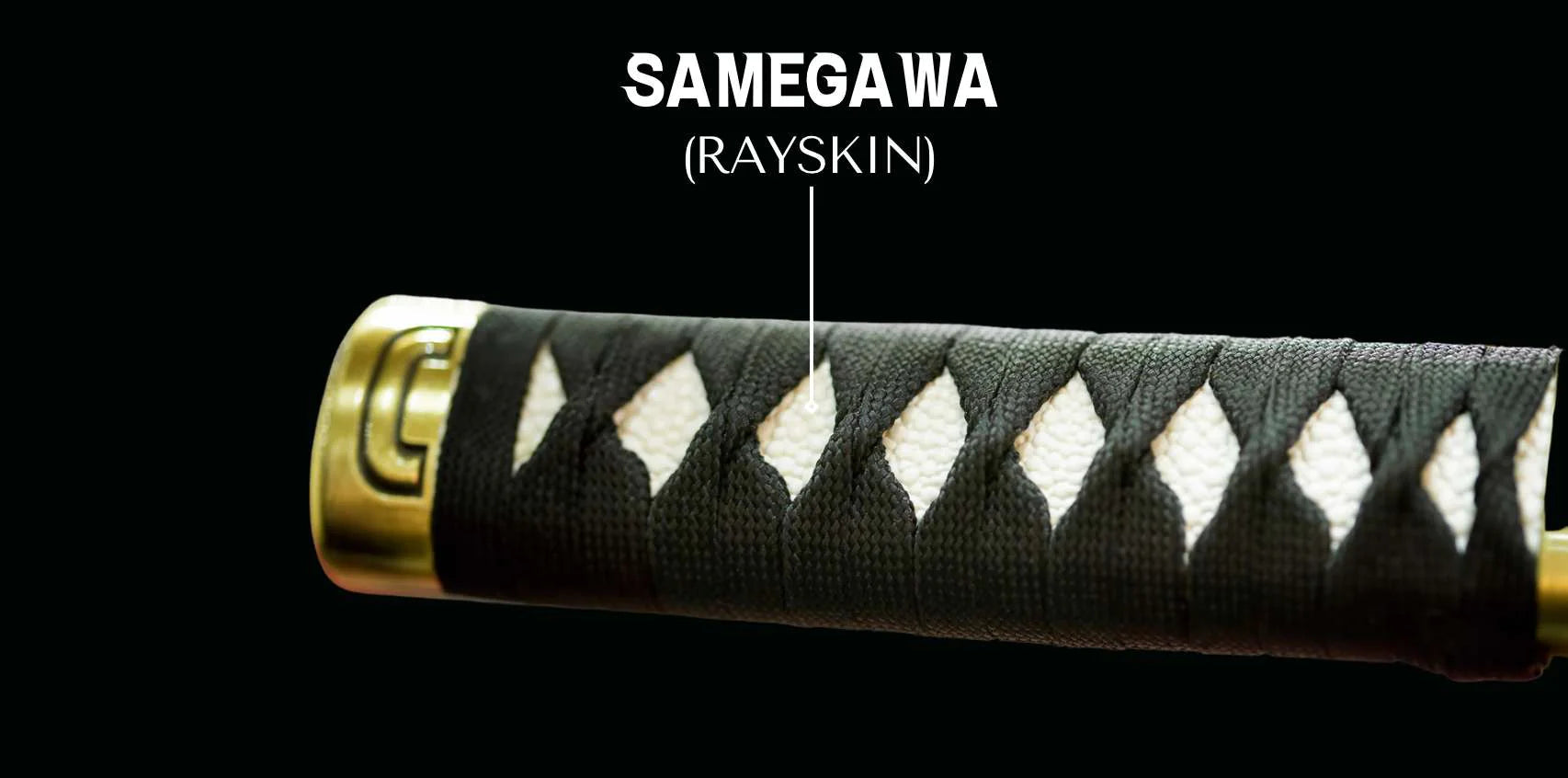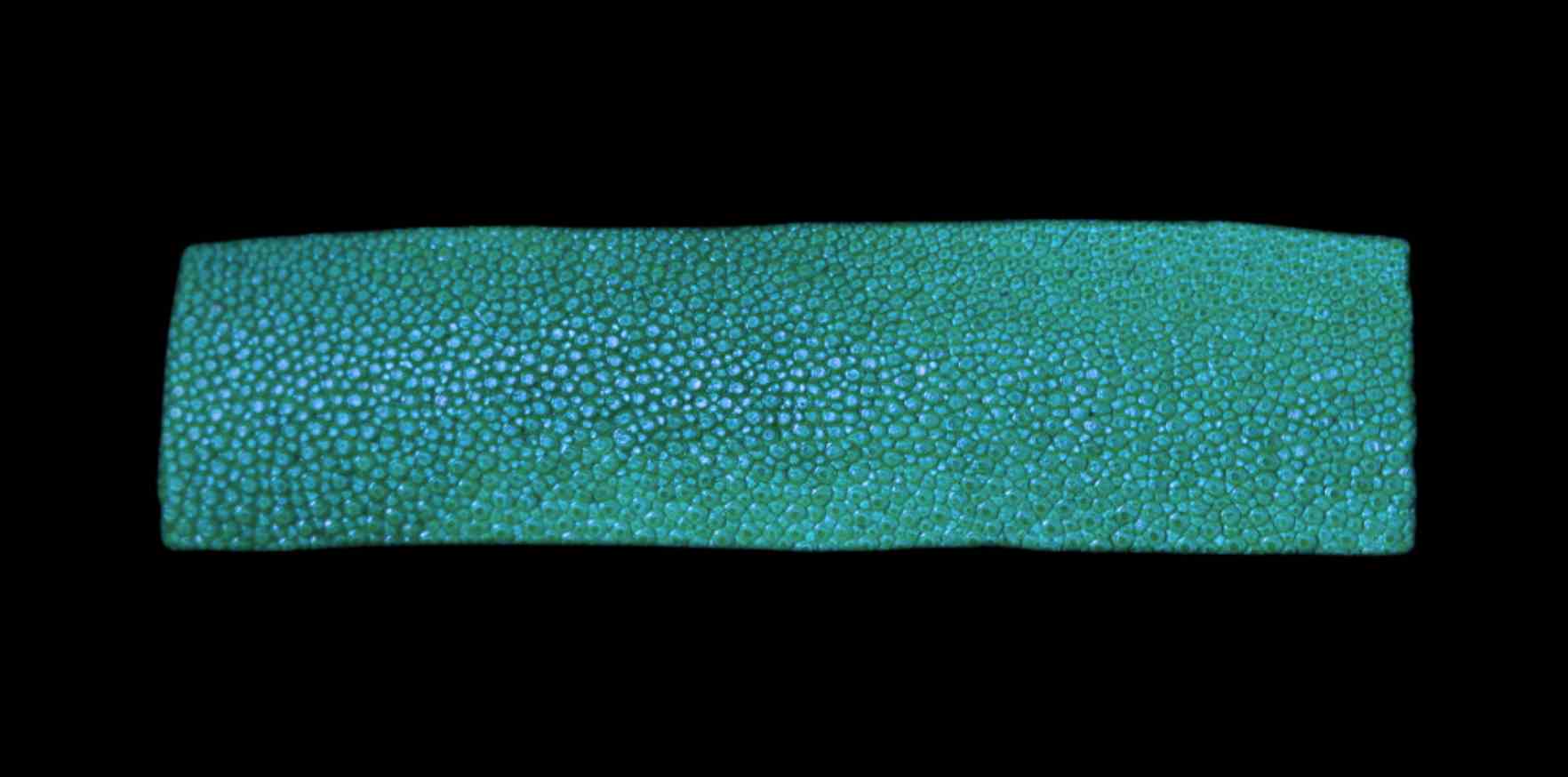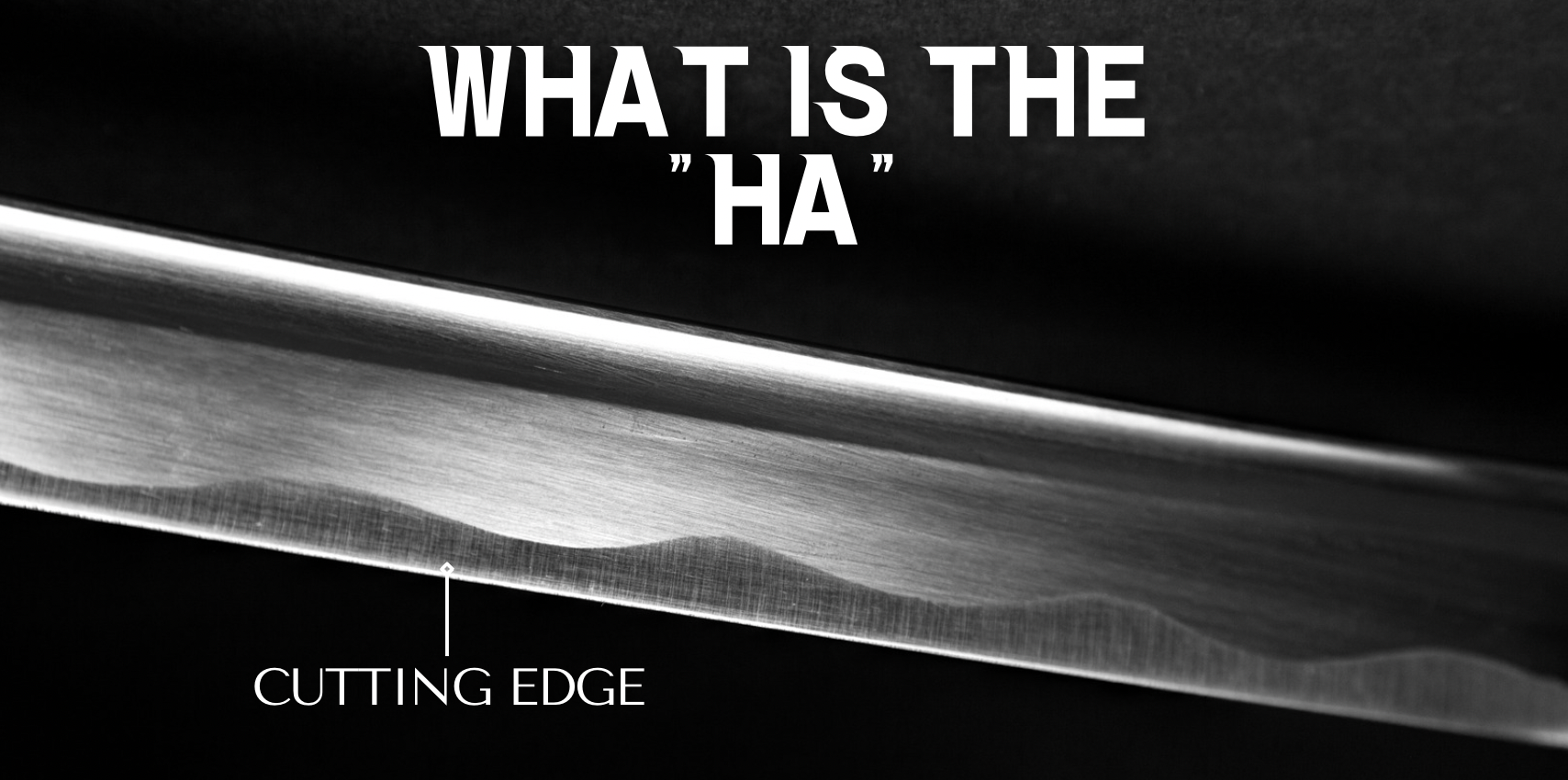Katana Same
Samegawa, also called "Same" or "Samehada" is the Japanese word for "shark skin". It is a popular material used in making katana handle, due to its durability and resistance to wear and tear. Its durability allowed it to survive the rigors and demands of battle, while also enhancing the sword's aesthetic appeal.
Samegawa is highly valued in the production of katanas due to its unique characteristics. It is incredibly durable and resistant to moisture and wear. But what truly sets it apart is the texture. The skin of the ray has a pebbly surface, providing an excellent grip when used on the tsuka. This ensures that the sword doesn't slip from the hand during use, which is of utmost importance during combat.

What is Samegawa made of
Although its name means "shark skin" in Japanese, the same is mostly made from rayskin, a species found in abundance in warm, tropical waters. Many katanas are also made from synthetic rayskin, which makes it possible to acquire a katana at a lower price, however katana rayskin are very popular with collectors. The ray skin can also be used to cover the scabbard of the katana (Saya).

The Process of Fitting Samegawa on a Katana
Fitting samegawa onto a katana is a process that requires high precision and skill. First, the skin is soaked in water to make it more flexible. After soaking, it is cut to the correct size and carefully wrapped around the wooden core of the tsuka.
Once the samegawa is wrapped around the handle, it needs to be tightly bound until the skin is fully dried to ensure it maintains its shape. After the skin is dry, it can be lacquered to further enhance its durability and to give it a more refined appearance. Some katana makers also use natural pigments during the lacquering process to color the samegawa.
Samegawa and Tsukamaki
The application of samegawa on a katana handle is typically followed by tsukamaki, which is the art of wrapping the handle in a special cord. This not only provides an additional layer of grip but also makes the handle more comfortable to hold. The tsuka-ito, or handle cord, is also beneficial in securing the samegawa tightly onto the handle. The texture of the samegawa underneath the cord further enhances the grip, as the cord can press into the bumps of the rayskin.
Samegawa in Japanese Culture
While samegawa is best known for its use in katana handles, its use extends to other areas of Japanese culture as well. It is used in the handles of various other Japanese weapons, such as tanto (knives) and yumi (bows). It can also be found on the scabbards of swords, on Japanese armor, and even on traditional Japanese musical instruments.
Let more about katana parts with our article on katana mekugi!
To sum-up:
- Samegawa is the Japanese term for the skin of a ray used to wrap the handle of a katana.
- Samegawa is valued for its durability, resistance to moisture, and its pebbly texture which provides excellent grip.
- Once applied, samegawa is often covered by tsukamaki, a special cord wrap, which further enhances grip and comfort.
- Beyond katanas, samegawa is used on the handles of various Japanese weapons, on armor, and even on traditional musical instruments.





